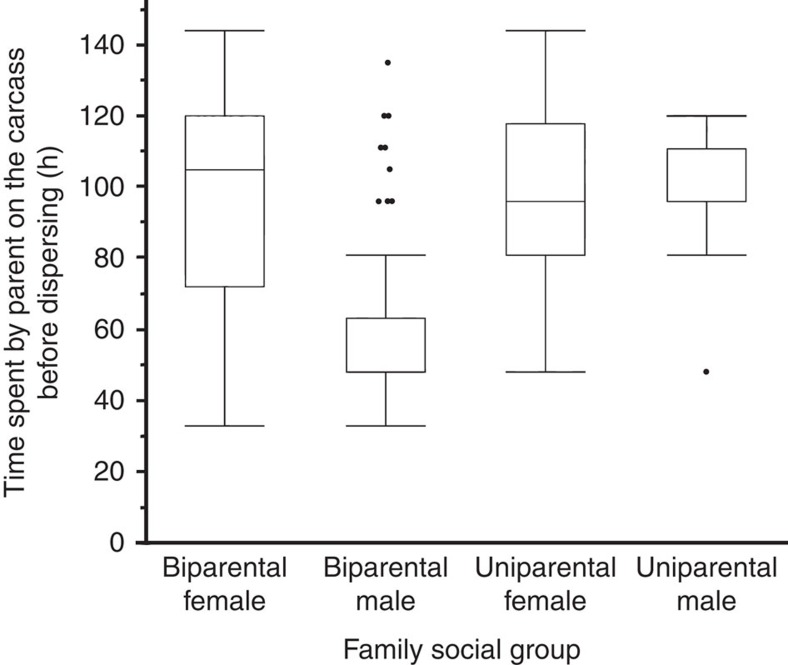Figure 2. Variation in duration of parents remaining with the young under different forms of parental care.
Duration of time spent on a carcass with offspring when individuals are free to adopt either uniparental or biparental family social condition. Data are presented using box plots, with medians (inner line; where there is no inner line, the median and 25% quartile overlap), 25 and 75% quartiles (boxes) and whiskers (end of box to 1.5 × interquartile range). This illustrates the extent of variation in different social groupings. The dots are values that fall outside the interquartile range, and show that males that adopt a biparental condition have more extreme values in the duration they remain on the carcass than are uniparental males or females in either uniparental or biparental conditions. Analyses are based on 138 biparental females and biparental males, 119 uniparental females and 13 uniparental males.

